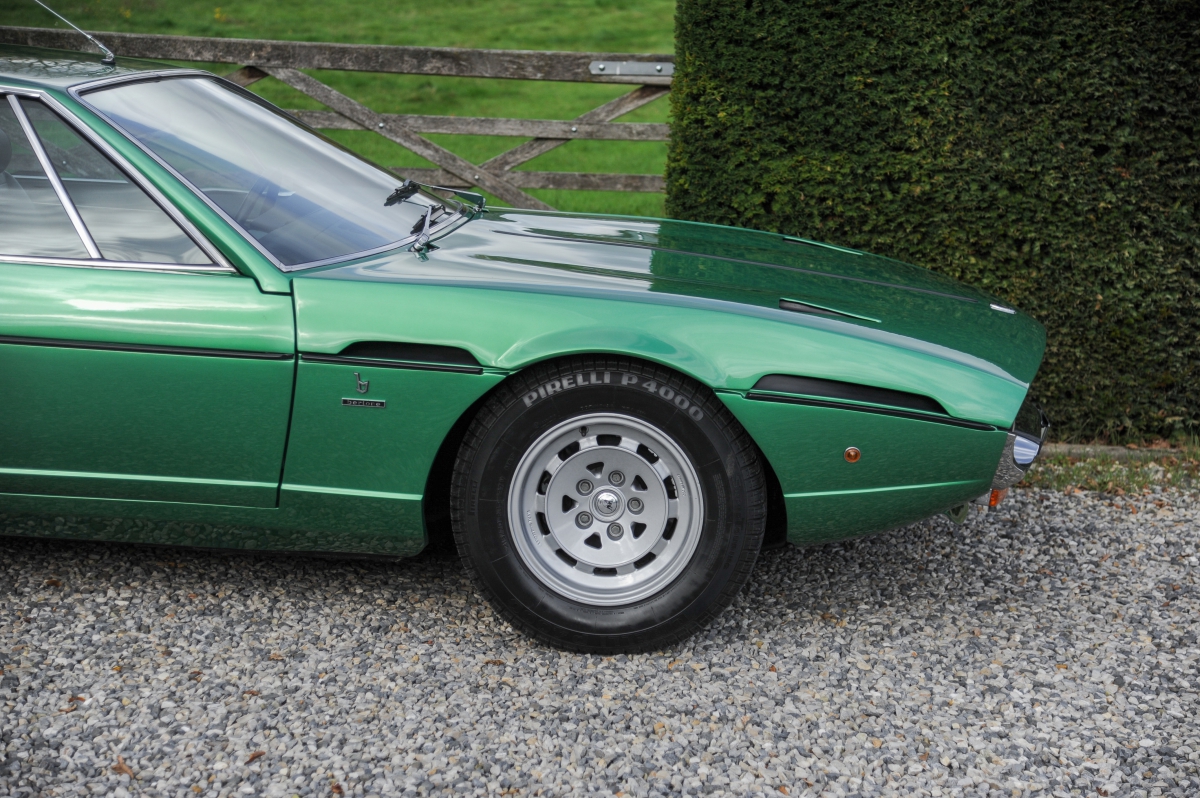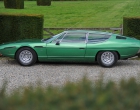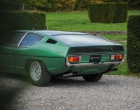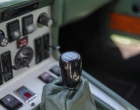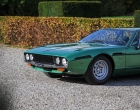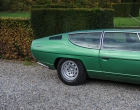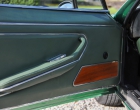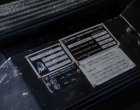Specifications
- Brand
-
Lamborghini
- Model
-
Espada
- Construction year
- Mileage
-
64374 km
- Fuel
-
Gasoline
- Transmission
-
Manual
- Color exterior
-
Verde Pino Metallizzato
- Power
- 257 kW / 350 HP
- Bodywork
-
Coupe
Show all specifications | Download pdf
- Color group exterior
-
Green
- Cylinder capacity
-
3929cm3
- Cylinders count
-
12
- Drive type
-
Rear
- Gears count
-
5
- Has carpass
-
No
- Interior color
-
Green
- Is metallic
- Interior color
-
Green
- Upholstery
-
Full leather
Description
Lamborghini Espada S3
- Chassis 9630
- 3.9L - V12 - 350 Hp
- Delivery date 30/07/1975
- German delivery
- Colour Ext : Verde Pino Metallizzato
- Colour Trim : Verde
- 456 units produced from December 1972 to 1978
- Currently in french title
Story
Following the success of the Miura, Ferruccio Lamborghini is a worldwide success. Despite its success, Ferruccio Lamborghini knows how quickly trends
can change in this sector, and it is difficult to stay on top without frequently launching new products.
To continue to stand up to its rivals Ferrari and Maserati, he had to broaden his range and decided to create a large tourer, less exclusive than the Miura, aimed
at a wealthy clientele, but also more interested in comfort than pure performance.
He set a fairly simple brief: to design a sporty and comfortable car with four real seats, capable of travelling at a speed of 240 km/h. The project was
entrusted to Carrozzeria Bertone, which presented a concept car called Marzal, a very long and low prototype of just 108 cm, as a preview at the Geneva
International Motor Show in March 1967. The final version, called the Espada, was launched a year later.
The appearance of the Espada model contributed in large part to the decline in customer interest in the Lamborghini Islero. Presented at the Geneva
International Motor Show in March 1968, the Espada was a success because of its markedly sporty character and its design. "Espada" means "sword" in Spanish
and Portuguese, referring to the sword carried by the matador in the ring.
This two-door, four-seat coupé was designed by the young Bertone designer Marcello Gandini. Taking as a reference the Lamborghini Marzal prototype he
presented in 1967, the coachbuilder designed a different car with particular attention to its aerodynamics.
The Espada is low-slung, with a steeply sloping convex windscreen. The rear window, which is almost horizontal, with a large luggage compartment
underneath, further enhances the car's futuristic design. The chassis, made by Lamborghini, and the bodywork are self-supporting.
The Espada also has the particularity of having two petrol flaps located on each side of the car at the level of the small grilles in the extension of the fixed
rear windows. This allows the car to be refuelled from either side.
This model is a rear-wheel drive with independent suspension and four disc brakes. The gearbox and engine are located at the front. Powered by a 3.9-litre
V12 with six twin-barrel carburettors and 325 hp, the car can reach speeds of up to 250 km/h.
Over the years, the Espada was modified aesthetically. In 1970, the black protective grille at the rear, just above the parking lights, was removed. The dashboard
was redesigned to be more functional, new light alloy wheels were fitted and power was increased by 25 horsepower.
Lamborghini Espada GT (Series III). With the second redesign the dashboard changed again. The wheels were updated and were fitted with new rubber. Exterior changes included the square mesh grille and tail lights from an Alfa.
More pictures available
Visible only on appointment
For further informations , please contact us +32 (0)2 681 81 00 & sales@british-sportscars.com










